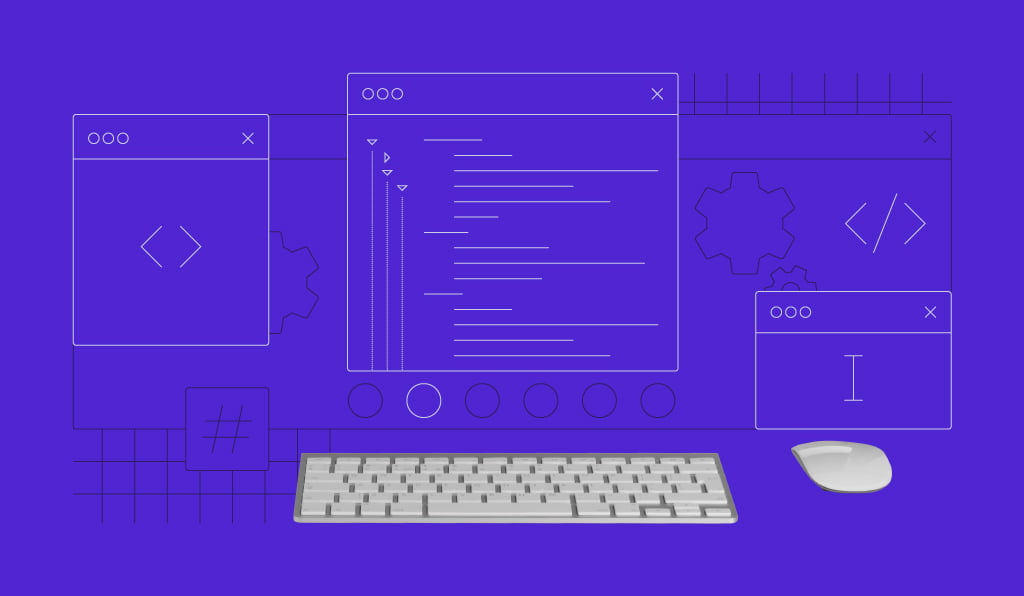
The landscape of technology is constantly evolving, and at the forefront of this evolution is Web3 development. This new frontier promises a decentralized internet that empowers users by giving them greater control over their data, identities, and digital interactions. As we move away from traditional web models dominated by central authorities, the shift towards Web3 heralds a significant transformation in how we engage with online platforms and services.
Web3 development encompasses a variety of cutting-edge technologies, including blockchain, decentralized applications, and smart contracts. These innovations not only enhance security and transparency but also create opportunities for new economic models and user participation. As pioneers of this movement, developers are tasked with unlocking the potential of a more secure and equitable digital experience, paving the way for a future where users truly own their online lives.
Understanding Web3
Web3 represents a shift in how we interact with the internet, moving from centralized platforms to a decentralized model. This new paradigm focuses on giving users more control over their data and digital identities. By leveraging blockchain technology, Web3 applications promote transparency, security, and user empowerment, creating a more equitable digital environment. The goal is to build an internet that is not only user-centric but also resilient against censorship and manipulation.
One of the key characteristics of Web3 is the concept of ownership. In contrast to traditional web applications, where user data and content are controlled by corporations, Web3 allows individuals to own and monetize their contributions. This shift transforms the dynamics of online interaction, enabling users to earn from their participation in networks and communities. Tokenization, smart contracts, and decentralized finance are just a few elements that facilitate this new economic model.
The development of Web3 technologies relies on an ecosystem of innovators, including developers, designers, and entrepreneurs. Their collaborative efforts are essential for creating decentralized applications that meet user needs while ensuring security and scalability. As Web3 continues to evolve, its success will depend on widespread adoption and the ability to balance innovation with user protection, ultimately shaping the future of the internet.
Key Technologies in Web3 Development
Web3 development is fundamentally built on a range of innovative technologies that together create a decentralized internet experience. At the core of this evolution is blockchain technology, which provides a secure and transparent way to record transactions and interactions. Its decentralized nature ensures that no single entity has control over the data, fostering trust among users. Smart contracts, which are self-executing contracts with the terms of the agreement directly written into code, play a crucial role in automating processes and ensuring compliance without the need for intermediaries.
In addition to blockchain, decentralized storage solutions like IPFS (InterPlanetary File System) are crucial for Web3 development. IPFS allows for the distribution of data across a network of nodes, rather than relying on a centralized server. This reduces the risk of data loss and censorship, as files can be accessed from multiple locations. By storing data in a decentralized manner, developers can create applications that are resilient and more aligned with the principles of Web3.
Another important technology in this space is decentralized finance (DeFi), which aims to recreate traditional financial instruments within a decentralized framework. DeFi platforms leverage smart contracts and blockchain systems to offer loans, trade, and earn interest without the involvement of traditional banks. This democratization of finance not only enhances accessibility but also empowers users to have full control over their assets, further driving the adoption of Web3 development and its potential to reshape the digital economy.
Challenges and Opportunities
Web3 development presents unique challenges that developers must navigate. thirdweb The landscape is still evolving, making it difficult to secure stable tools and libraries. Additionally, the decentralized nature of Web3 can lead to complex governance issues and coordination problems among stakeholders. Developers often face a steep learning curve as they adapt to new protocols and technologies, which can hinder rapid innovation in the space.
Despite these challenges, the opportunities in Web3 development are vast. The potential for creating decentralized applications enables new business models that prioritize user ownership and data privacy. As more individuals and organizations seek to embrace decentralization, developers can capitalize on the demand for solutions that empower users. This shift presents a fertile ground for innovation, allowing developers to explore uncharted territories in digital identity, finance, and community governance.
Furthermore, Web3 development fosters a sense of community and collaboration. Developers have the chance to be part of a movement that aims to reshape the internet into a more equitable space. By contributing to open-source projects and participating in decentralized networks, developers can enhance their skills and build valuable connections. The increasing interest in Web3 technologies among investors and users alike signals a promising future where dedicated developers can make a significant impact.
